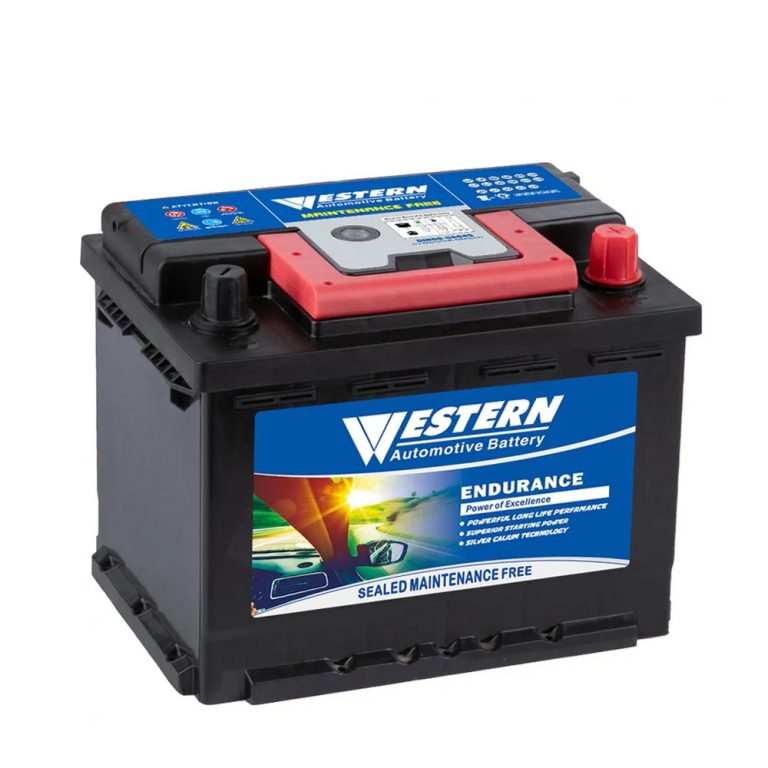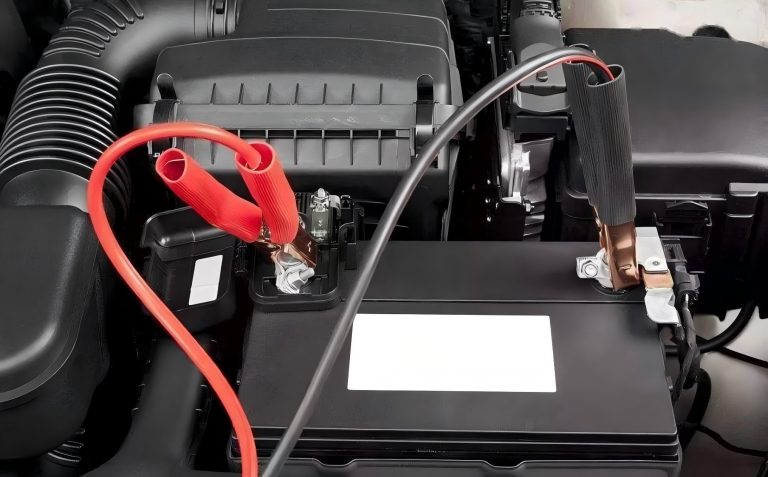Wie lange kann ein 12 -V -Akku aufgeladen werden 10 Verstärker? Ladezeitkarte
Als Autobesitzer, one of the most crucial components of your vehicle is the Lead-Säure Batterie, Dies versorgt die elektrischen Systeme Ihres Autos und bietet die erforderliche Startergie. Richtige Ladepraktiken, Insbesondere die Auswahl des richtigen Ladevorgangs und der Zeit, Spielen Sie eine wichtige Rolle, um sicherzustellen, dass Ihr Akku optimal funktioniert und länger dauert. In this article, I’ll share my experience on how to charge a 12v battery, which will impact the charging time on your car’s lead-acid battery life. I’ll also explain the key factors influencing battery health, including temperature, humidity, and more.
Charging Time vs. Battery Capacity and Charging Current
Let’s first take a look at the theoretical charging time required for various lead-acid battery capacities based on different charging currents. These values are calculated for typical car batteries, such as those with capacities of 35Ah, 45Ah, 55Ah, 70Ah, and 100Ah:
| Battery Capacity | Charging Current | Theoretical Charging Time (Std.) |
|---|---|---|
| 35Ah | 0.5A | 70 Std. |
| 1A | 35 Std. | |
| 2A | 17.5 Std. | |
| 3A | 11.7 Std. | |
| 5A | 7 Std. | |
| 7A | 5 Std. | |
| 10A | 3.5 Std. | |
| 45Ah | 0.5A | 90 Std. |
| 1A | 45 Std. | |
| 2A | 22.5 Std. | |
| 3A | 15 Std. | |
| 5A | 9 Std. | |
| 7A | 6.4 Std. | |
| 10A | 4.5 Std. | |
| 55Ah | 0.5A | 110 Std. |
| 1A | 55 Std. | |
| 2A | 27.5 Std. | |
| 3A | 18.3 Std. | |
| 5A | 11 Std. | |
| 7A | 7.9 Std. | |
| 10A | 5.5 Std. | |
| 70Ah | 0.5A | 140 Std. |
| 1A | 70 Std. | |
| 2A | 35 Std. | |
| 3A | 23.3 Std. | |
| 5A | 14 Std. | |
| 7A | 10 Std. | |
| 10A | 7 Std. | |
| 100Ah | 0.5A | 200 Std. |
| 1A | 100 Std. | |
| 2A | 50 Std. | |
| 3A | 33.3 Std. | |
| 5A | 20 Std. | |
| 7A | 14.3 Std. | |
| 10A | 10 Std. |
How to Choose the Right Charging Current?
Low Current (0.5A to 1A): This range is ideal for slow charging and is typically used for maintenance or long-term battery storage. Though the charging time is longer, it minimizes stress on the battery, making it a great option for maintaining battery health over time.
Moderate Current (2A to 5A): This is the most common range for everyday car charging. It allows the battery to charge more quickly while still preventing significant wear and tear. Most car owners will find this charging mode sufficient for regular use.
High Current (7A to 10A): Fast charging is suitable for when you need a quick top-up, but be cautious. Charging at higher currents can generate heat, which could potentially harm the battery, speeding up aging. I recommend monitoring the battery temperature to avoid overheating.
Key Factors Affecting Charging Efficiency and Battery LifespanIt’s not just the charging current that affects your lead-acid battery’s performance and lifespan—environmental conditions play a huge role, too.
Temperatur
- High Temperature: Temperatures above 30°C can accelerate chemical reactions in the battery, increasing internal resistance and reducing charging efficiency. Prolonged exposure to high heat can damage the battery, shortening its life. Try to avoid charging in high-temperature environments.
- Low Temperature: Charging in temperatures below 0°C can decrease the battery’s ability to charge effectively. Cold temperatures reduce electrolyte conductivity, which makes charging less efficient and can even result in prolonged charging times. It’s best to keep the battery temperature between 10°C and 25°C for optimal charging.
Humidity
Excessive humidity can cause corrosion on the battery’s casing and internal components. To prevent this, always charge the battery in a dry environment. This helps protect the external components and prevents moisture from damaging the battery.
Battery Health
As batteries age, their charging efficiency naturally declines. Older batteries may require more time to reach a full charge. The battery’s state of health also influences its ability to respond to various charging currents. A deteriorating battery might not handle high charging currents well, leading to prolonged charging times.
Charging Frequency and Usage
Recurrent deep discharges (especially draining the battery to 0%) can quickly reduce battery life. To prolong your battery’s lifespan, avoid excessive discharging and maintain a regular charging schedule.
Choosing the Right Charger
A high-quality charger ensures a stable current and prevents both overcharging and undercharging. I recommend using a charger with an automatic shut-off feature to prevent overcharging once the battery is full.
FAQs
1. How long should I charge my car battery?
The charging time depends on the battery’s capacity and the current you’re using. For instance, a 35Ah battery charging at 1A will take about 35 Std., while at 5A, it will only take 7 Std..
2. Can I overcharge my battery?
Ja, overcharging can cause heat buildup, which damages the battery. Always use a charger with an automatic shut-off feature to avoid overcharging.
3. What is the best temperature to charge my battery?
The optimal temperature range is between 10°C and 25°C. Charging outside this range can reduce efficiency and harm the battery.
4. Can I use a higher charging current for faster charging?
While higher currents can charge faster, they can also increase heat and potentially shorten the battery’s lifespan. Always monitor battery temperature when using high charging currents.
5. Should I charge my battery when it’s not in use?
If you’re storing the battery for a long time, it’s advisable to charge it periodically at a low current (around 0.5A to 1A) to maintain its health.
By understanding how charging current affects your car’s battery and considering environmental factors like temperature and humidity, you can significantly improve your battery’s lifespan and ensure optimal performance. Whether you’re charging your battery for regular use or storage, choosing the right charging current and following proper maintenance practices are key to getting the most out of your lead-acid battery. With a little care and attention to detail, you can avoid the costly and inconvenient need for frequent battery replacements and keep your car running smoothly for years to come!

















